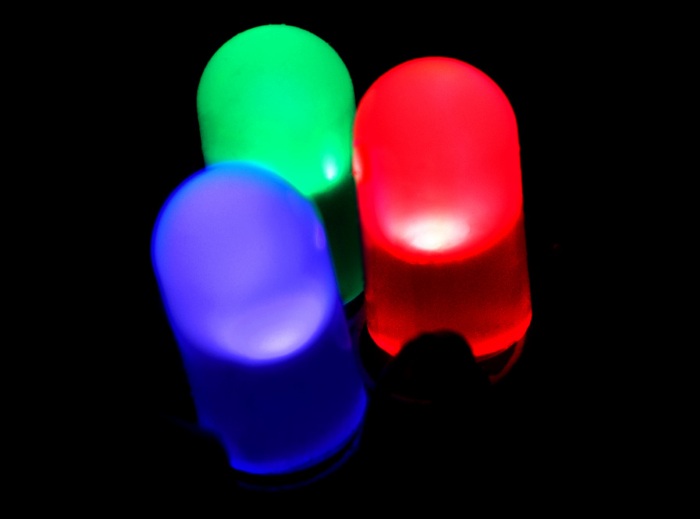Researchers at the University of California at Berkeley and Bell Labs, and Alcatel Lucent at Homdel (New Jersey) have proven that by attaching tiny antennae to light-emitting diodes (LEDs), they are able to match and in some instances surpass the transmission speeds of semiconductor lasers.
Should this solution prove viable, it could be particularly useful over short distances.

Where lasers produce an intensely focused beam of coherent photons using a process called “stimulated emission”, LEDs produce light by “spontaneous emission”, or the light we see around us all the time.
“Currently lasers operate at a speed of about 50 GHz, while for a LED without any modification it is about 250 MHz,” says Ming Wu, who with Eli Yablonovitch, both at Berkeley, led the research team. “So if we can speed up our LED by 200 times, the speed will be comparable to the laser.”
According to their computations though, if they equipped LEDs with antennae, the technology can actually perform (much) faster than lasers.
“We developed an antenna model that showed a practical limit for accelerating spontaneous emission is about 2000 times, which means that we should be able to make LEDs that can switch on and off ten times faster than semiconductor lasers,” says Wu.
The group’s optical antennae functions similarly to antenna for a normal radio transmitter — to send a radio signal from a transmitter you need antennae with a length of about half the wavelength of the transmitted radiation. Due to the fact that the light-emitting volume is smaller than the wavelength of light, the researchers figured it required an external antenna comparable in size to about half the wavelength of the light itself (ultimately centering on 1450 nm as an appropriate size).
They placed an InGaAsP light-emitting nano-ridge in a 40 nm gap between two arms of a small gold dipole antenna. While experimenting with different antenna lengths, they recorded a 400 nm antenna could measure an emission speedup of 115 times faster than normal spontaneous emission.
Looking ahead, the group will focus on making this technology more practical.
“Ultimately, for these LEDs to be used in interconnect or short-distance communication we will have to modulate light by electrical currents. We are currently introducing electrical biasing circuits into the device,” explained Wu.
They will also look to create a more elaborate antenna.
“We can borrow everything that has previously been demonstrated before for microwave or radio frequencies; indeed we have used a Yagi-Uda antenna to direct the LED light into a waveguide,” says lead author Michael Eggleston at Berkeley.
The group’s work was published in the February 10 issue of the Proceedings of the National Academy of Sciences.
Via IEEE
Advertisement
Learn more about Electronic Products Magazine





